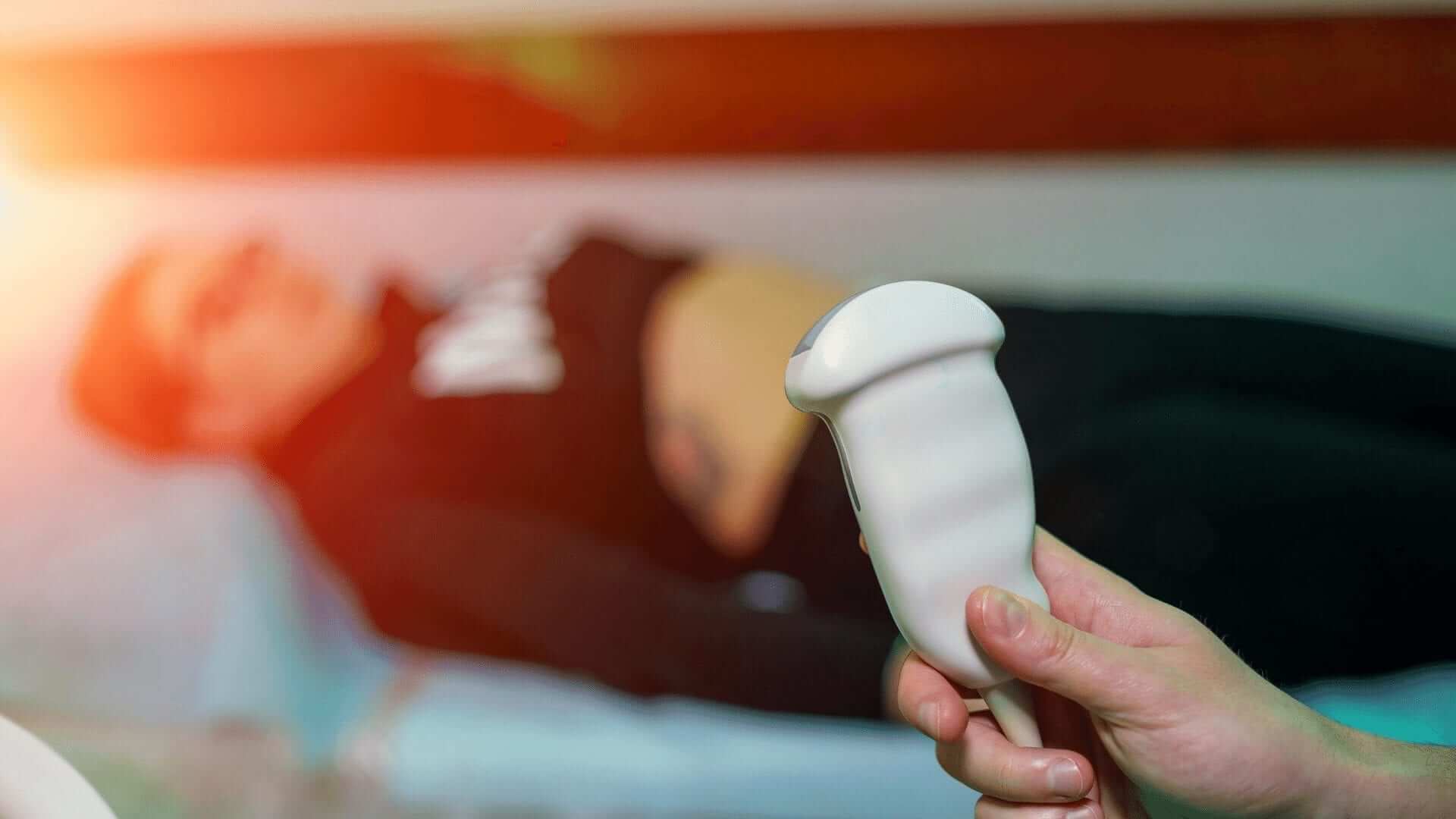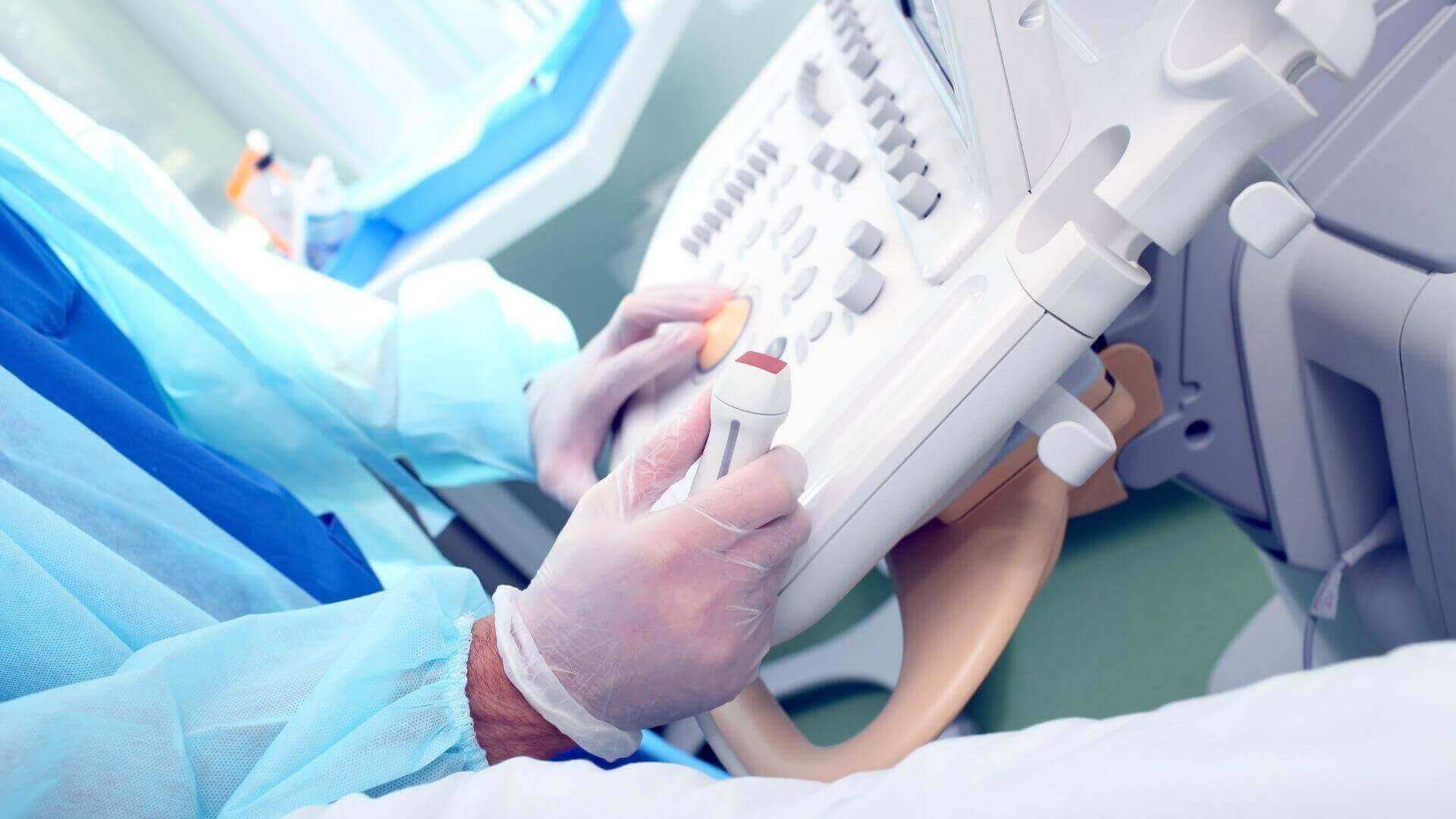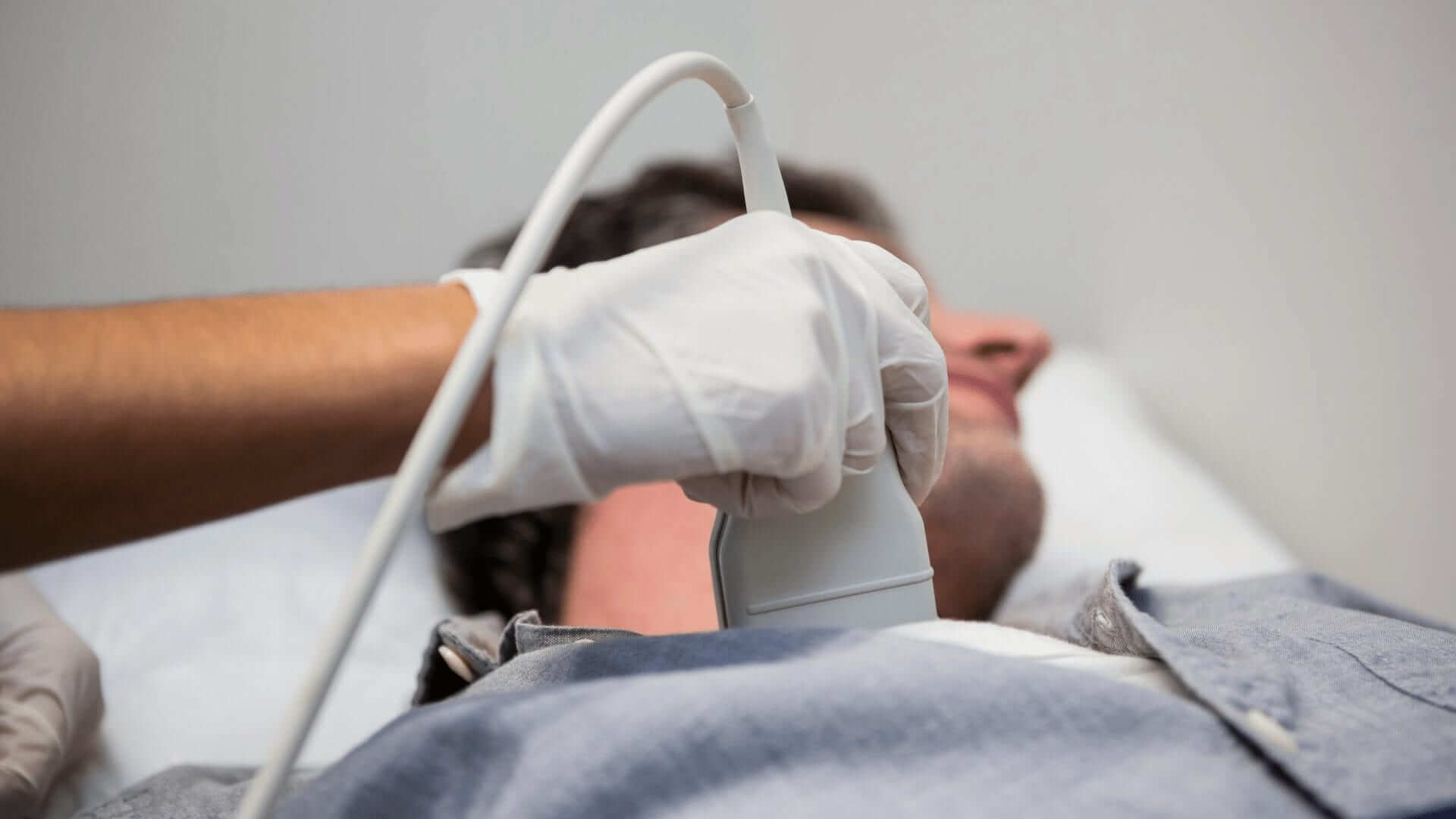All You Need to Know About the Ultrasound Method
Date: April 2, 2019
If you search for all the details you can get about the Ultrasound method, you are definitely on the right track! It is well-known that physical therapists have used ultrasound for a long time since the 1940s, but what is impressive is how it improved year by year due to scientific progress.
You are probably wondering what makes up the ultrasound modality. Well, ultrasound is applied using a round-headed wand or probe and directly contact the patient’s skin. The frequency of the therapeutic ultrasound is between 0.8-1.0 MHz. Therapists use ultrasound gel to help transmit the ultrasonic waves, which can be used on all head surfaces to reduce friction.
You will find all about the ultrasound and how it works in the following lines. The crystals’ vibration within the wand or probe’s head generates a piezoelectric effect, making those ultrasonic waves transmit. They are passed through the skin, thus producing vibration of the local tissues.
You must acknowledge that this vibration causes profound heating, although the patient will not feel any sensation from the localized heat, minimizing patient worry. There will not be a heating effect in cases like fresh injuries with acute inflammation, so the ultrasound will be pulsed instead of being permanently transmitted.
But, as with all therapeutic modalities, the ultrasound can produce many other effects than just the potential heating effect, such as local blood flow, scar tissue breakdown, and increases in tissue relaxation. Evidence suggests that increased localized blood flow can reduce local swelling and chronic inflammation and promote bone fracture healing.

Another interesting fact is that the ultrasound’s power density is measured in watt/cm2, and the higher the density is, the better you can use it for more goals, such as scar tissue breakdown.
Technicians use the Ultrasound Technique to achieve phonophoresis for sensitive patients who aren’t so comfortable with injections. Phonophoresis is the process of administering medications to tissues below the skin. Thus, the ultrasonic energy forces the drug through the skin, and one of the most commonly used substances delivered in this way is Cortisone, also used for reducing inflammation.
Ultrasound treatment is easy and fast. It will take you only 5 minutes maximum for a typical one, but if scar tissue breakdown is the goal, the Ultrasound treatment can take much longer. Ultrasound treatment requires a delicate balancing act. If the ultrasound probe’s head stays in constant motion, the patient is expected to feel very comfortable. Should the probing device remain static for more than a few seconds, a build-up of sound energy can result, causing slight discomfort to the patient.
The Ultrasound method is also advantageous in cases of minor fractures that aren’t obvious on x-rays. Even a relatively small break in a bone close to the skin surface could cause the patient to feel sharp pain. The Ultrasound Technique counters this deleterious consequence.
Here are just a few conditions sometimes treated with ultrasound: tendonitis, non-acute joint swelling, muscle spasm, and even Peyronie’s Disease (to break down the scar tissue). But, do not forget the contraindications of ultrasound. Possible patient situations to remain vigilant include local malignancy, metal implants below the treated area, local acute infection, vascular abnormalities, and directly on pregnant women’s abdomen, or over the skull, eyes, or the spinal cord near a laminectomy.





